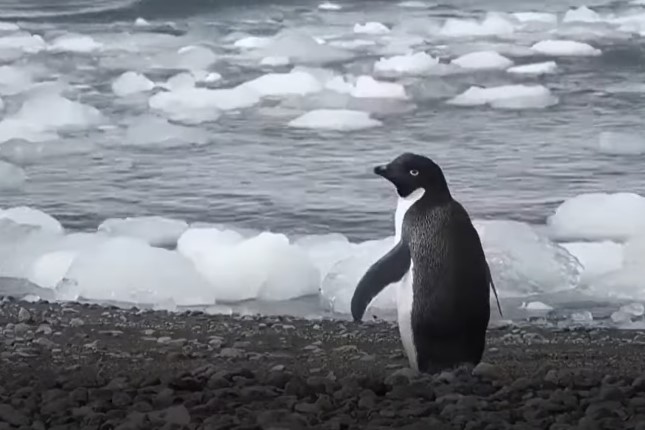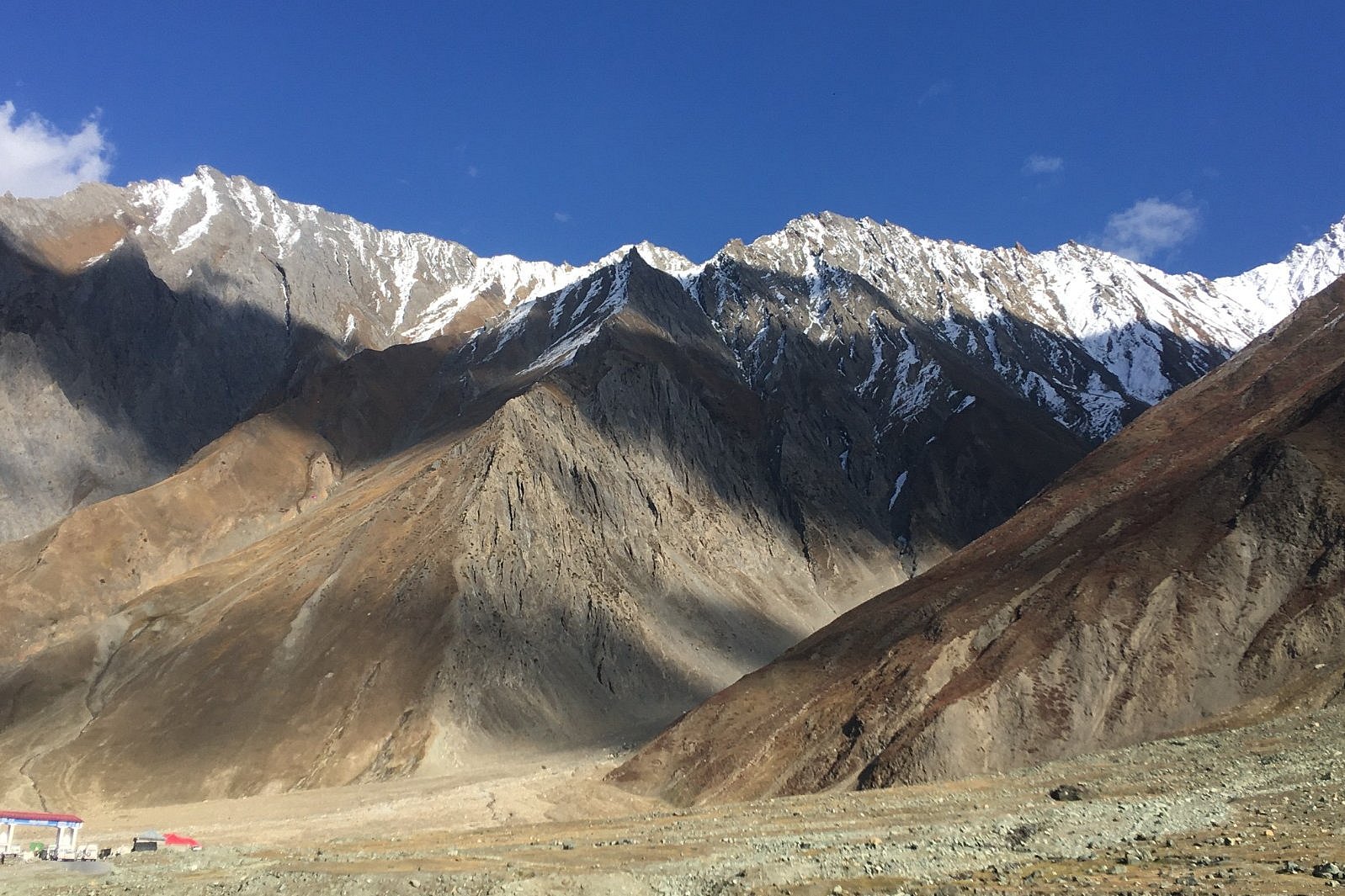We think of Florida or Aruba having a warmer climate, compared to Maine or Canada.
Weather is short term, whereas climate is long term.
As NASA explains: The difference between weather and climate is a measure of time. Weather is what conditions of the atmosphere are over a short period of time, and climate is how the atmosphere "behaves" over relatively long periods of time.
What is meant by “long periods of time”? Given the Earth’s age of around 4.5 billion years, one might think these long periods of time should be in the millions of years. But instead scientists look at averages over extremely short periods of time, e.g., 30 years.
Putting those numbers in perspective, if the Earth’s age was a single day, this 30-year period would represent 0.006 second. How short a time period is this?
Light, which can travel around the globe 7.5 times in one second, would only travel 112 miles in this small fraction of a second. But that’s the small observation period of our climate which forms the basis of claims of man-made of climate change.
That would be like embarking on a weight loss journey and weighing yourself every minute, not seeing any change, or seeing a small gain or loss after drinking a glass of water or relieving yourself, respectively.
Planet Earth has experienced ice ages followed by warming, numerous times, all occurring before humans existed or had any significant influence on the world around them.
NOAA explains, “The most recent glacial period occurred between about 120,000 and 11,500 years ago.” In terms of Earth’s age, this is still far less than a blink of an eye, 0.0003 percent of the Earth’s history. Perspective is important in discussing climate change. Making dramatic pronouncements based on a few dozen years’ measurements is foolish and hardly scientific.
For perspective, here is an Associated Press article was published by the Washington Post on Nov. 2, 1922, a hundred years ago. This article has circulated on the internet and even far left Snopes confirmed its authenticity.
Kudos to Snopes for inadvertently throwing water on the entire radical environmental agenda with this one statement, One of the key issues in the global warming debate is whether modern scientists have sufficient data and tools to determine that current warming trends are indicative of long-term climatic changes rather than relatively short-term weather pattern variability.
Bingo. Short term weather patterns and cycles, measured over 30 years have little if any bearing on long term climate trends. The Washington Post declared this past July as Earth’s “Earth’s hottest month on record.” Buried in the article was that said “record” was “40 years of global observations”.
Scientific American piles on, warning that despite the hot summer, “It will still be one of the coolest summers of the next few decades.” A few decades are background noise given the Earth’s age.
Failed climate predictions are a staple of our state run scientific and media organizations. Their arrogance has destroyed their credibility, just as it did with the myriad COVID pronouncements which turned out to be false. Here is a list of “Failed eco-pocalyptic predictions.”
Speaking of failed predictions, what did that 100-year-old Washington Post article prophesize? Did those predictions come true? Are climate warriors making those same predictions today?
The article opened, “The Arctic Ocean is warming up, icebergs are growing scarcer and in some places the seals are finding the water too hot.”
Here is PBS 100 years later: The Arctic is warming nearly four times faster than the rest of the world.
What if it keeps warming? Would that be unprecedented? Hardly.
Reuters noted this bit of déjà vu history: Palms grew in ice-free Arctic 50 million years ago.
What caused that warming and eventual cooling? Humans weren’t driving SUVs and grilling burgers yet. Maybe someday our beach holidays will be in the Arctic rather than the Caribbean.
What about the icebergs? PBS warns: The massive ice sheets at the top and bottom of our planet are shrinking much faster than previously thought.
Yet National Geographic observes the opposite: A Greenland glacier is growing.
Which is it?
How can there be any Arctic ice when so many so-called climate experts predicted that the Arctic would be ice-free by 2013, 2016, or today?
Would an ice-free Arctic be unusual? Hardly. According to MIT: There have been periodic examples of a completely ice-free Arctic over the last 350,000 years.
Once again, perspective and a long-term time frame are important, rather than short term blips.
How about the seals? Are the boiling oceans too hot for them, dooming them to extinction? Not quite. We now have “exploding Arctic seal populations” and of course climate change is to blame for that, too.
What a convenient phrase “climate change” is.
Omnipresent and omnipotent. It causes hot or cold weather, wet or dry, stormy or calm. Normal climate variation, occurring over billions of years, is causing everything the left doesn’t like about the world.
One could easily conclude that the climate change movement is a giant hoax. It’s not that the climate isn’t changing because it is, always has and always will. Numerous factors influence climate change including a fireball called the sun, a million times larger than Earth, and only 94 million miles away.
There are both short- and long-term climate cycles, many influenced by water which covers almost three quarters of the Earth’s surface. The Earth’s crust floats on an 1,800 mile thick layer of molten rock. Are humans really the cause of a changing climate, considering that humans have only been present for 0.007 percent of the Earth’s history?
Climate change is a “manufactured consensus” said climate scientist Judith Curry to the New York Post. The U.N.-created Intergovernmental Panel on Climate Change did not focus on any benefits of warming. Instead, their mandate was to look for dangerous man-made climate change.
They are a Debbie-Downer looking for bad news, and looking hard enough, they can find it.
Then follow the money. Funding is directed to researchers who make alarmist claims, and they then get published by alarmist journal editors. It becomes a self-perpetuating scheme as virtually anything remotely alarming can be attributed to global warming. From acne and AIDS to airplane crashes and jellyfish strikes. From brain shrinkage and brothel shortages to cannibalism and rapes. It’s all due to global warming.
It's the ultimate in hubris and narcissism for current occupants of Planet Earth to believe their activity today is that relevant. And that the only solution is confiscation of wealth and tyrannical control of human activities.
Author Michael Crichton summed it up well, A hundred years ago we didn't have cars, airplanes, computers or vaccines. It was a whole different world, but to the Earth, a hundred years is nothing. A million years is nothing. This planet lives and breathes on a much vaster scale. We can't imagine its slow and powerful rhythms, and we haven't got the humility to try. We've been residents here for the blink of an eye. If we're gone tomorrow, the Earth will not miss us.
But while we are here, can we please be left alone to live our lives in peace?
Source: American Thinker.
































